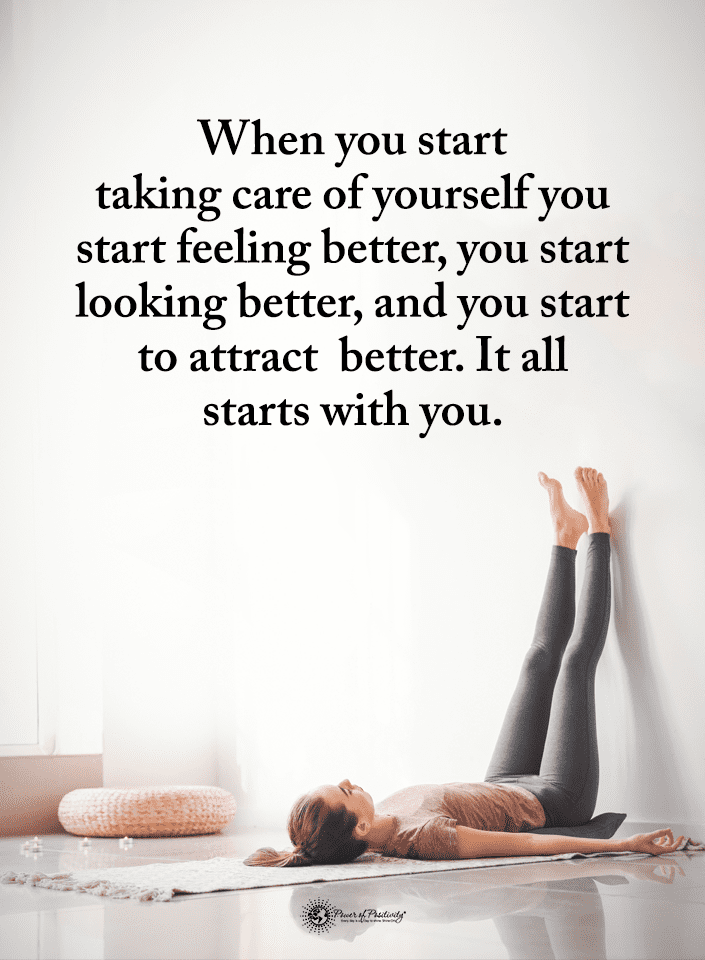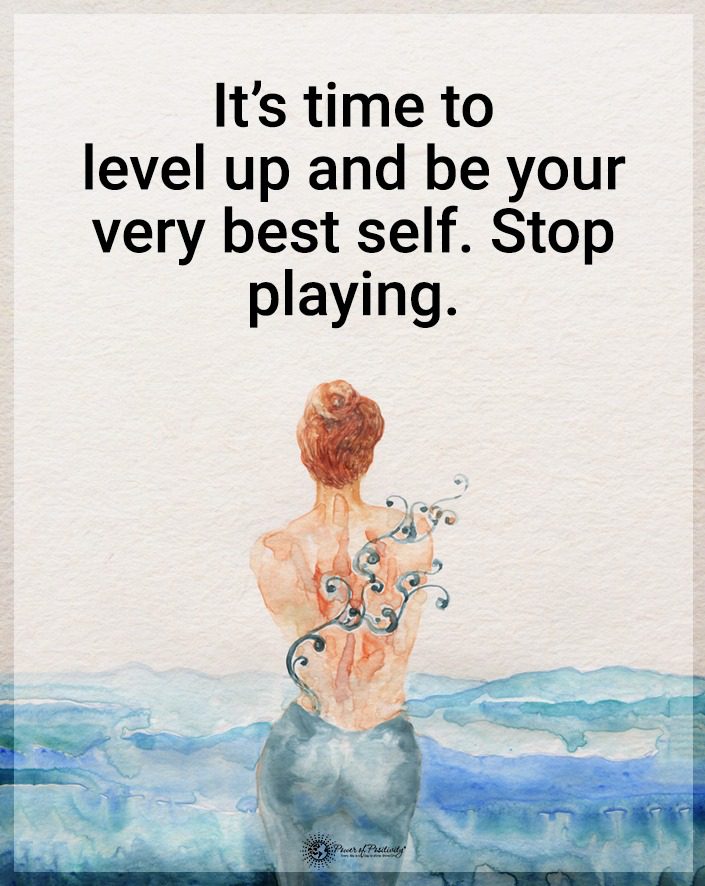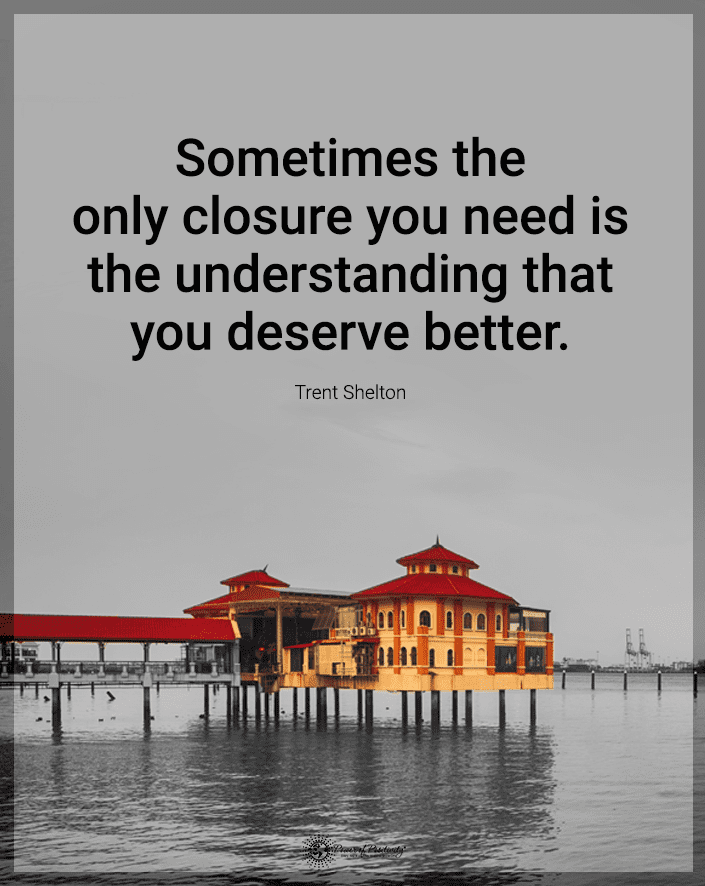Know these behaviors that reveal when a partner is pulling away.
Every relationship has highs and lows. But have you ever wondered if the decreasing intensity of those “highs” is more than just a phase? What does it look like when a partner loses interest?
While relationships evolve, it’s crucial to discern between natural evolution and signals when a partner loses interest. Recognizing these signs can provide an invaluable opportunity to address concerns, rejuvenate the bond, or, in some cases, re-evaluate the relationship.
Ten Things That Reveal a Partner Has Lost Interest
Dive in with us as we explore ten behaviors that could foretell a breakup.
1. Diminished Communication
Open and consistent communication is one of the foundational elements of any thriving relationship. When partners lose interest, one of the first and most noticeable signs is the drop in the frequency and depth of their conversations.
- What it looks like: Earlier, you might’ve found yourselves chatting about everything under the sun — from the day’s minor happenings to deep-seated dreams and aspirations. But as interest wanes, conversations might seem shallow. The lively discussions about plans or mutual interests could shift to curt exchanges about everyday chores and necessities.
- Why it happens: A decrease in communication can stem from various reasons. One partner might be grappling with personal issues they’re not ready to share, or perhaps they feel that the relationship space isn’t conducive to heart-to-heart talks. Sometimes, the reduced communication directly reflects diminished emotional investment in the relationship.
- Impact: A lack of robust communication can create a domino effect. Misunderstandings become more frequent, emotional intimacy diminishes, and partners might feel they’re drifting apart. It becomes vital to address this decline before it creates an unbridgeable chasm.

2. Reduced Interest in Physical Intimacy
Physical intimacy, ranging from holding hands to sexual interactions, serves as a barometer for many relationships. It’s an avenue through which partners connect, express affection, and reinforce their bond.
- What it looks like: If a partner loses interest, the hugs, touches, and intimacy that were once routine become rare. The warmth of physical closeness may be replaced by a palpable distance, even when you are in the same room.
- Why it happens: Numerous factors can contribute to reduced physical intimacy. They may come from personal health issues, stress, or external pressures. However, when paired with other signs of diminishing interest, it’s worth considering if the decline reflects a more profound emotional disconnect.
- Impact: Physical intimacy links to emotional well-being in a relationship. A marked reduction can lead to feelings of rejection, self-doubt, or insecurity in one or both partners. Addressing the root cause, emotional distance, or other factors becomes imperative to restore the relationship’s health.
3. Avoiding Quality Time Together
Quality time is the lifeblood of a relationship. During these moments, you create memories and solid bonds. However, when interest diminishes, the desire to spend time together might wane.
- What it looks like: A partner might consistently make plans that don’t include the other, preferring to spend more time with friends or indulge in solo activities. Those cherished movie nights, weekend getaways, or even simple coffee dates might become few and far between.
- Why it happens: Often, this behavior indicates an unconscious (or conscious) desire for space. The partner might be grappling with their feelings and is unsure of where the relationship stands, leading them to seek solitude or alternative company. Sometimes, it might be a coping mechanism to avoid confronting relationship issues.
- Impact: Avoiding quality time together can create a sense of loneliness within the relationship. Partners might start to feel like roommates rather than lovers, weakening the emotional bond. Recognizing and addressing this behavior can help redirect the relationship onto a healthier path.
4. Less Interest in Planning for the Future
A thriving relationship often thrives on dreams and plans – a shared future. When one partner starts pulling away, their commitment to these plans might waver.
- What it looks like: Future-oriented discussions become more ambiguous. Buying a house, planning vacations, or other events in the upcoming months become rife with nonchalance or avoidance. The once excited “we” mentality shifts towards a more individualistic “I” or “me” approach.
- Why it happens: Hesitancy about the future often stems from doubts about the relationship’s longevity. The partner may internally question whether they see the relationship as a permanent fixture. It could also arise from a fear of commitment or unresolved personal issues affecting their outlook.
- Impact: Such non-committal behavior can create insecurities and anxieties. It makes the other partner question the relationship’s stability and where they stand in their partner’s future. Addressing these hesitations and establishing clarity is crucial for both partners’ peace of mind.
5. Decrease in Emotional Availability
Emotional availability is the willingness and ability to share feelings, provide support, and be present emotionally for a partner. It’s the cornerstone of a deep and understanding relationship.
- What it looks like: When one partner detaches, they might become more indifferent to the other’s emotions and needs. They might seem distracted during serious talks, offer generic advice, or avoid emotional topics altogether.
- Why it happens: Emotional withdrawal can be a protective mechanism. The partner might be trying to shield themselves from potential pain if they’re contemplating ending the relationship or dealing with personal emotional turmoil they’re not ready to share.
- Impact: Decreased emotional availability can lead to feelings of isolation for the other partner. They might feel unheard, unsupported, or even unloved. Recognizing and discussing these feelings is vital to both partners.
6. Increased Irritability and Arguments
While disagreements are natural in any relationship, an unexplained increase in frequency and intensity can signal deeper issues.
- What it looks like: Small disagreements, like deciding on a dinner venue, might escalate into full-blown arguments. There might be a noticeable reduction in patience, leading to more criticisms and less understanding.
- Why it happens: Often, underlying frustrations or dissatisfactions in the relationship manifest as irritability. The partner may be projecting their internal struggles onto external issues. Alternatively, they may cause conflicts as an escape mechanism from the relationship.
- Impact: Constant arguments and irritability erode a relationship’s foundation of trust and understanding. They create an environment of negativity and stress, making it difficult for love and affection to flourish. Recognizing the root causes and addressing them is essential to restore harmony.
7. Loss of Interest in Mutual Hobbies
Shared activities and hobbies often weave together the tapestry of a relationship. These activities help build tighter bonds. But as interest wanes, enthusiasm for these mutual passions might diminish.
- What it looks like: Activities that were once the highlight of your time together might no longer appeal to one partner. They might opt out regularly or show a lack of enthusiasm when participating.
- Why it happens: Pulling away from shared interests can be a subconscious effort to create distance. The partner might associate these activities with the relationship’s better days and find them emotionally taxing. Alternatively, they could seek new hobbies to redefine their identity outside the relationship.
- Impact: Abandoning shared hobbies can lead to a further emotional divide. These moments of togetherness often serve as crucial bonding experiences, and their absence can make the relationship feel less enriching. Addressing this shift and finding new mutual interests or reigniting old ones can help bridge the growing gap.
8. Becoming Secretive
Transparency is a crucial pillar in the foundation of trust between partners. When secrecy creeps in, it’s often a red flag indicating infidelity or underlying issues.
- What it looks like: One partner might become protective of their phone. They might avoid discussing their day or becoming evasive when questioned about their whereabouts. They might also start to have more “private” outings or events that the other partner isn’t privy to.
- Why it happens: Secrets often arise from guilt, fear, or insecurity. The partner might hide something they believe would hurt the other or fear judgment and confrontation. Alternatively, they might create a separate space to explore new aspects of their life or retreat from the relationship.
- Impact: Secrecy erodes trust. The feeling that a partner hides something can lead to suspicion, anxiety, and tension. Addressing this behavior head-on, ensuring open communication, and rebuilding trust is paramount to maintaining a healthy relationship dynamic.
9. Less Interest in a Good Appearance
In the early stages of a relationship, partners often try to look their best for each other. It’s an early sign of respect and attraction. A sudden and consistent decline in this effort can be telling.
- What it looks like: Skipping the usual grooming routines, wearing the same old clothes frequently, or not caring about personal hygiene can spell trouble. These changes go beyond the usual comfort that comes with a long-term relationship. Indeed, they denote a lack of effort to impress or attract the other partner.
- Why it happens: The reduced effort could stem from complacency. That’s because the partner no longer wants to “win over” a partner. Alternatively, it might reflect an internal struggle with self-worth or their diminishing desire for the relationship.
- Impact: While it’s natural for partners to become more comfortable around each other over time, a noticeable decline in self-care can impact mutual attraction and respect. It’s essential to communicate and understand the underlying reasons for this change and work towards reigniting the spark.
10. Neglecting Important Dates and Anniversaries
Celebrating special dates like anniversaries or birthdays honors the bond. It’s a way of reflecting on memories and looking forward to creating more positive moments. When a partner starts missing these dates, it often indicates shifting priorities.
- What it looks like: Forgotten anniversaries, birthdays, or special dates might now pass without acknowledgment. Alternatively, the celebrations might feel forced or lack the genuine joy and connection that characterized previous occasions.
- Why it happens: Forgetting or neglecting these significant dates can signify decreased emotional investment in the relationship. The partner might be preoccupied with personal issues or other distractions, causing these pivotal moments to slip their mind. It might also be an unconscious way of distancing themselves from the relationship and the associated memories.
- Impact: Overlooking important dates can lead to feelings of hurt, neglect, and undervaluation. Such moments are emotional touchpoints in a relationship. In fact, their neglect can make the other partner question their significance in their partner’s life. Addressing these oversights, understanding the root cause, and celebrating and cherishing these moments are crucial for reaffirming commitment and love.
Final Thoughts on Behaviors of a Partner Losing Interest
Changes in behavior and dynamics are inevitable. Yet, discerning between the natural ebb and flow and genuinely alarming signs of waning interest is pivotal.
Recognizing these signs isn’t about pointing fingers or placing blame. Rather, it is about fostering understanding. It provides an opportunity to either rejuvenate a bond that might be faltering or to reflect on whether the relationship aligns with both partners’ well-being and happiness.
Remember, every relationship has its unique rhythm. While these signs can serve as a guide, it’s crucial to approach them with a balanced perspective. Open communication, empathy, and a genuine desire to understand one another remain the most robust tools for understanding the complexities of love and commitment. Whether you want to reignite the spark or seek clarity on the path forward, remember to tread with kindness towards yourself and your partner.
The post 10 Things Partners Do When They Lose Interest in a Relationship appeared first on Power of Positivity: Positive Thinking & Attitude.







